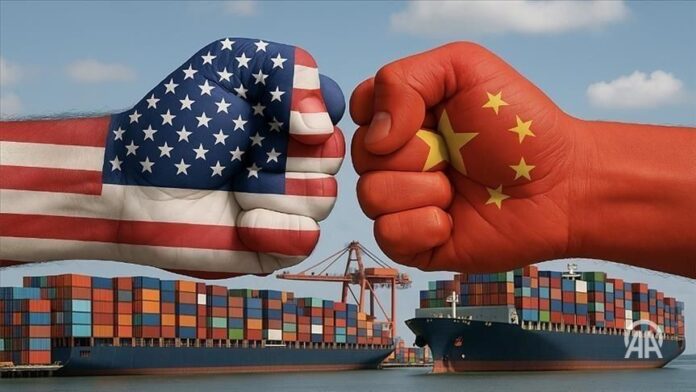China has announced a steep increase in tariffs on U.S. goods, raising rates to 125% and signaling a pause in trade negotiations with the U.S. government.
On Friday, the State Council Customs Tariff Commission confirmed that tariffs on imported U.S. goods would rise from 84% to 125%, starting April 12.
“China will lift the additional tariffs on products imported from the U.S. to 125% from 84%, effective from April 12,” the commission stated.
The commission added that Beijing would no longer engage in tariff-related discussions if Washington continued imposing trade restrictions.
“Given that there is no longer any possibility of market acceptance for U.S. goods exported to China under the current tariff levels, if the U.S. side subsequently continues to impose tariffs on Chinese goods exported to the U.S., the Chinese side will pay no attention to it,” the commission declared.
Escalating Trade War
The trade conflict between China and the U.S. has destabilized global markets, with each side imposing aggressive tariff measures.
Former U.S. President Donald Trump raised tariffs on Chinese goods to 145%, arguing that China had engaged in unfair trade practices. However, Beijing strongly opposed the move, calling it an unjustified economic attack.
China’s latest tariff adjustments suggest a shift in its strategy. While previously responding directly to U.S. actions, Beijing now appears to be taking a passive stance, refraining from further escalation for the moment.
Neither of the world’s two largest economies has shown signs of backing down, and with no immediate relief in sight, businesses globally are bracing for further instability.
WTO Dispute
Beyond the tariff hikes, China has filed a fresh lawsuit with the World Trade Organization (WTO), challenging the U.S. government’s latest trade restrictions. The lawsuit was confirmed by China’s Commerce Ministry, underscoring Beijing’s commitment to defending its interests through international legal channels.
As tensions persist, analysts are watching closely to see whether the U.S. government responds with further trade measures or seeks diplomatic negotiations.
Like 👍, Comment, share this article, and Follow us on our social media handles.





